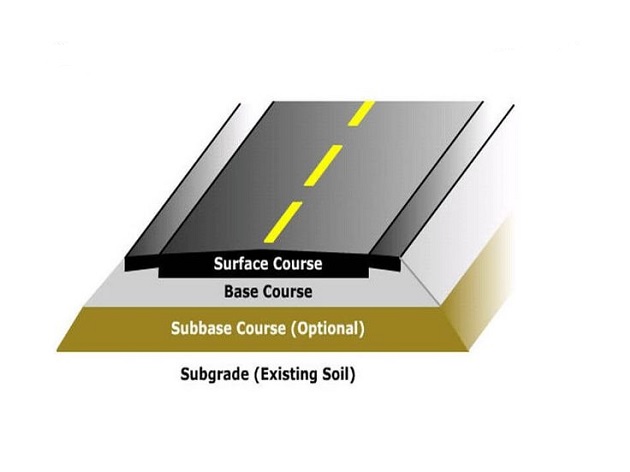Classification of Roads based on different factors
The classification of roads is based on several factors, including their capacity, function, location, and the volume of traffic they can accommodate. The classification of roads helps in planning, design, and maintenance. While classifications can vary from one country or region to another, here is a general overview of the common classification of roads:
1. Local Roads:
– Also known as local streets or neighborhood roads.
– These roads serve residential areas, providing access to individual homes and businesses.
– They typically have lower speed limits and are designed for local traffic.
2. Collector Roads:
– Collector roads connect local roads to higher-capacity arterial roads.
– They gather and distribute traffic from smaller streets to larger roadways.
– Collector roads often have a higher capacity and may include multiple lanes.
3. Arterial Roads:
– Arterial roads are major roadways that carry higher volumes of traffic.
– They connect neighborhoods, commercial areas, and communities to highways and other transportation routes.
– Arterial roads can be classified as minor arterials or major arterials based on capacity and importance.
4. Highways:
– Highways are the primary roads that link cities, regions, and states.
– They are designed for high-speed, long-distance travel and often have multiple lanes.
– Highways can include controlled-access roads, such as limited-access or full-access highways.
5. Expressways and Freeways:
– Expressways and freeways are high-capacity roads designed for rapid transit and long-distance travel.
– They often feature limited access points, grade separations, and controlled entry and exit ramps.
– These roads have high speed limits and are characterized by divided lanes.
6. Rural Roads:
– Rural roads are common in less densely populated areas.
– They can range from unpaved gravel roads to two-lane asphalt roads.
– Rural roads provide access to rural communities, farms, and natural areas.
7. Urban Streets:
– Urban streets take various forms within cities and urban areas.
– They can include one-way streets, two-way streets, and boulevards.
– Urban streets are designed to accommodate pedestrian and vehicular traffic in densely populated areas.
8. Residential Streets:
– Residential streets are localized within residential neighborhoods and communities.
– They are designed primarily for local access and low-speed traffic.
9. Byways and Scenic Routes:
– Byways and scenic routes are roads that traverse picturesque landscapes, offering scenic views and opportunities for tourism.
– They are often chosen for their aesthetic value.
10. Special Use Roads:
– Special use roads are designed for specific purposes, such as toll roads, parkways, airport access roads, and military bases.
It’s important to note that road classifications and terminology may vary from one country to another and can be adapted to meet local needs and conditions. The choice of road type is determined by various factors, including traffic volume, urban planning, regional development, and transportation priorities.

